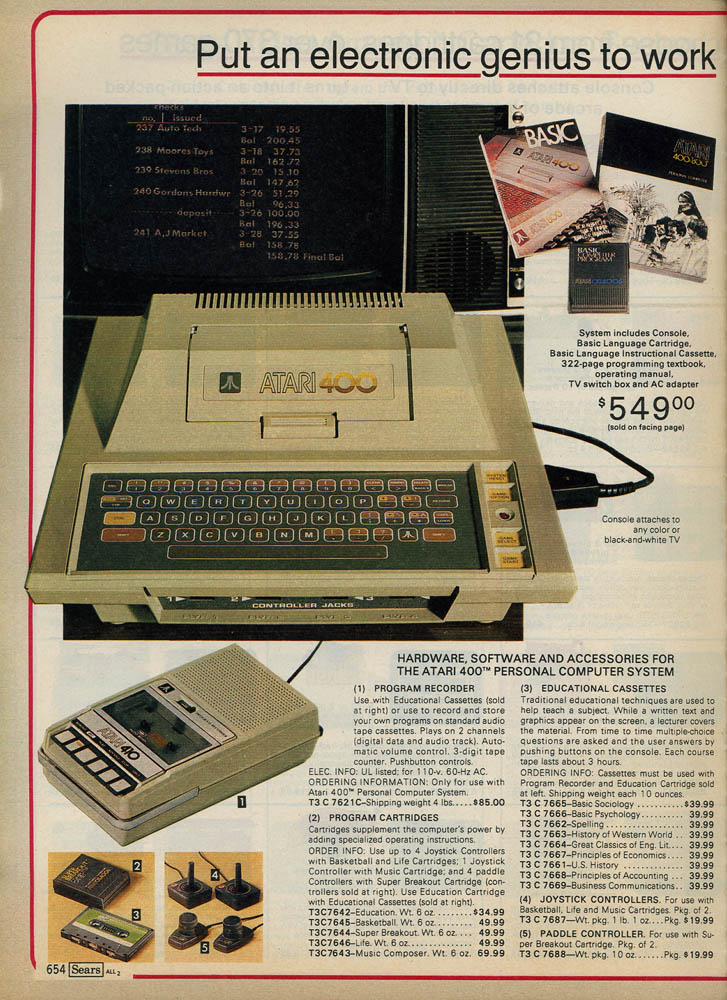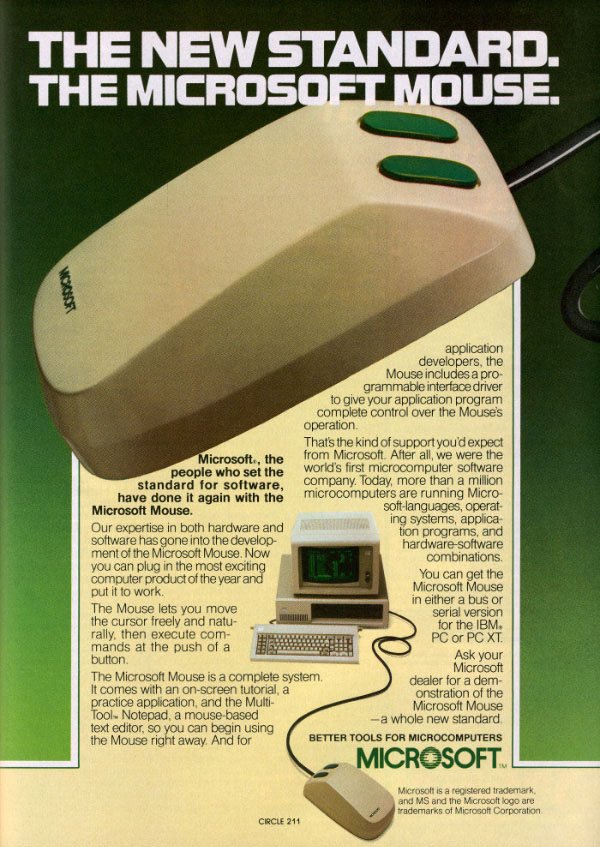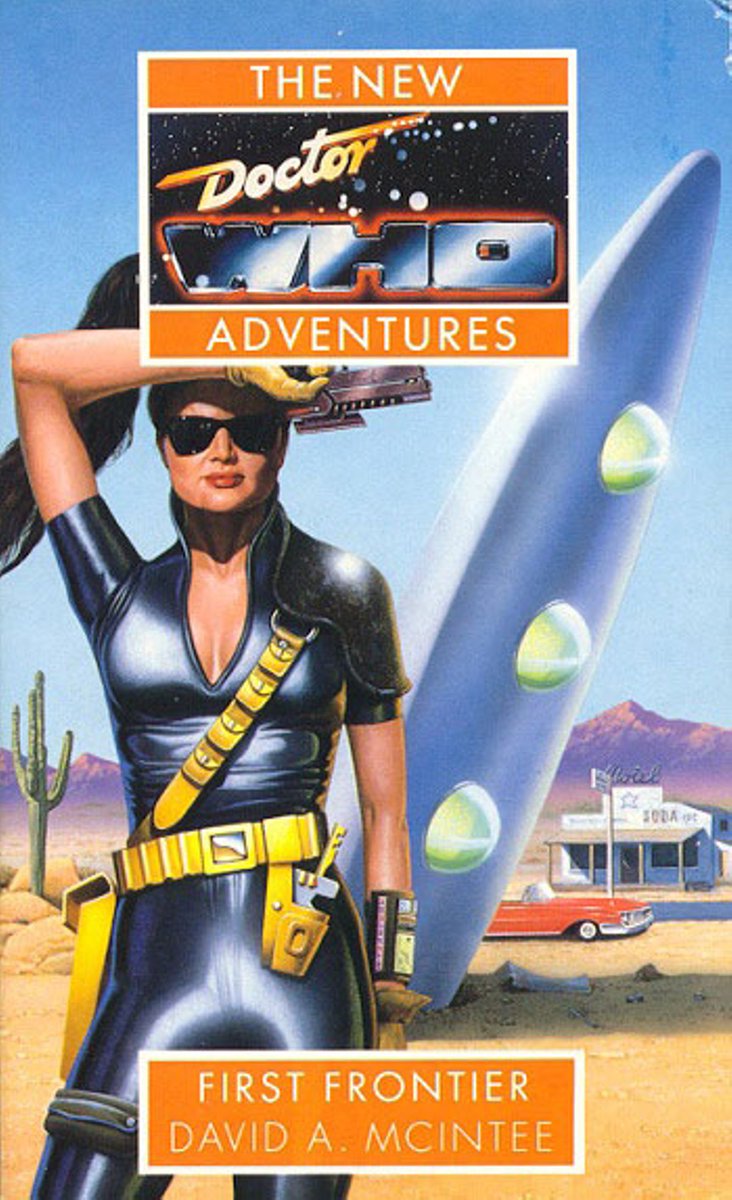
Time for another pulp countdown, and today it's my top 10 pulp #BlackFriday deals!
These offers are not available in any shop...
These offers are not available in any shop...

No 10: the Skywatch UFO detector! Never miss a close encounter again with this handy solid-state marvel of technology. 

No 9: the The Sharp V3 vertical record player! Now you can play both sides of a Human League LP* without turning the album over.
(*Dare you: it takes Seconds...)
(*Dare you: it takes Seconds...)

No 5: the mighty Atari 400. Yours for $549. Software* $39.99.
(*Basic Sociology may require a joystick)
(*Basic Sociology may require a joystick)

No 2: the K-Tel Disc-O-Matic. All your Dutch LPs* at your fingertips for only Fl.14.90.
(*this offer is 2 unlimited)
(*this offer is 2 unlimited)

And No 1: introducing the 1977 Toke-O-Matic. This took a year to develop. I guess woodwork is harder when you're stoned. 

That's it for my pulp #BlackFriday deals. Shop responsibly now! 

• • •
Missing some Tweet in this thread? You can try to
force a refresh





























